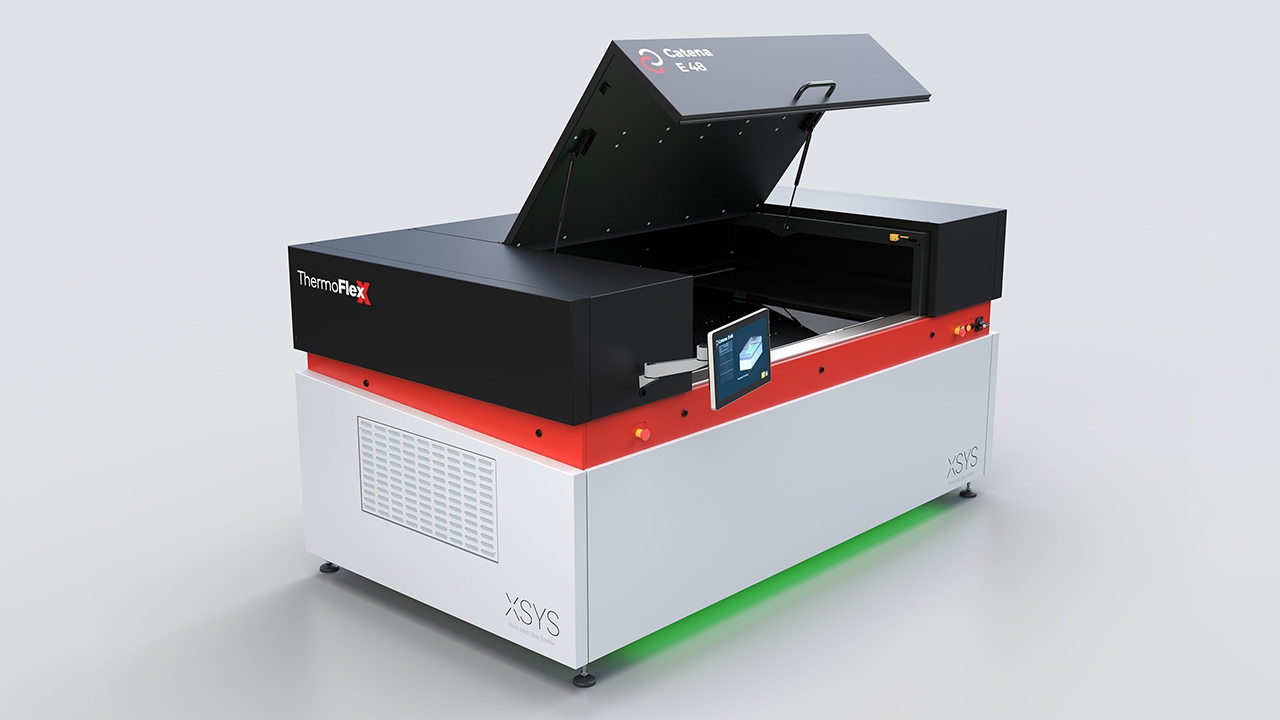CRON-Europe launches flexo CTP
As an extension to its range of offset CTP products, CRON-Europe has launched its flexo CTP device at Labelexpo Europe 2015.
With many of the features of its sister offset products, which now total over 3,000 machines sold, the new FX-36 Flexo digital flexo plate offers high resolution of up to 6,000 dpi and ‘excellent’ dot quality, according to the company, making the FX36 suited to a number of flexo applications from labels to blue-chip cosmetic packaging.
According to Derek Sizer, regional director, CRON-Europe, ‘With our latest CRON CTP devices we have focused on exceptional quality and high value. These improvements have been applied to our new FX36 which can deliver an exceptional on-plate tonal range. Our high level of dot accuracy means that flexo printers will be able to compete for packaging work that was normally considered the domain of offset and gravure.’
A new pneumatic plate handling system reportedy ensures smooth transfer of flexo plates into the imaging system. The plate handling has been designed specifically to handle the thicker flexo plates (up to 4mm). The FX36 then uses the latest linear magnetic drive scanning system to deliver the accuracy required for high resolution exposure up to 6,000 dpi. Friction free, it eliminates imaging issues often experienced with other alternatives, says the company.
Sizer said: ‘The imaging head itself has also been redesigned to incorporate liquid cooling and the shortest possible path between the lasers and the plate surface. These features deliver the stability of imaging that is required for ultimate dot accuracy.
‘The packaging industry is increasingly under pressure to shorten turnaround times to respond to special offers, new lines and improved styling. Flexo CTP is one weapon we have to meet this need. But quality and costs are also under pressure. We believe that the new CRON FX-36 will enable flexo printers to respond to these pressures and extend their capabilities at a reasonable cost and minimum disruption.’
Stay up to date
Subscribe to the free Label News newsletter and receive the latest content every week. We'll never share your email address.

